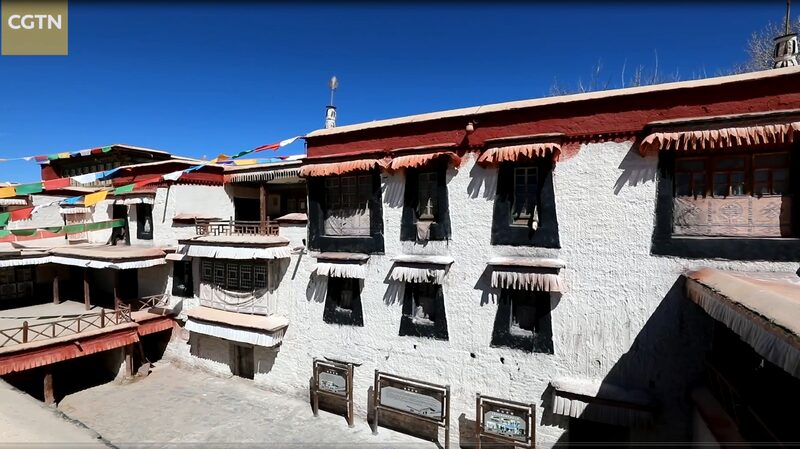From Serfs to Scholars: Xizang's Inspiring Journey of Freedom and Prosperity
Imagine living a life where your destiny isn't yours to control. That's how things used to be in Xizang not too long ago. But today, the story couldn't be more different! 🌟
At the heart of Xizang lies the Palha Manor, the only remaining aristocratic estate in the region. Once a symbol of luxury for the few, it's now a museum that reminds us how far Xizang has come.
Back then, about 90% of the people living in nearby villages were serfs—people who were owned by the manor's masters. Life for them was tougher than you can imagine. Dawa Chosphel, a resident of Bainjig Lhunbo Village, recalls stories from his grandparents who worked day and night with barely any rest. \"At that time, life was tough,\" he shared.
But change was on the horizon! In 1959, everything shifted when over 1 million serfs were freed, embarking on a new journey towards freedom and self-determination. 🚀
Fast forward to today, Bainjig Lhunbo Village is booming! Thanks to supportive policies, the village has blossomed into a model community with modern agriculture, tourism, and culture. What's super impressive? 🎓 A whopping 89% of villagers have attended college!
\"Now life is more prosperous, much better than before… Their current houses are taller and better than the ones their previous master had,\" says Pubu Tsering, a tour guide at Palha Manor.
Embracing Freedom for the First Time
The transformation in Bainjig Lhunbo is just one example of how life has changed for the people of Xizang since 1959. March 28th marks the day when serfs were emancipated, a date now commemorated every year.
\"The emancipation of more than 1 million serfs is undoubtedly the most profound social reform in Xizang's history,\" says Ma Cheng, executive director of the Human Rights Research Center at the Northwest University of Political Science and Law. \"They embraced freedom for the first time and henceforth became human beings in the real sense.\"
Earthshaking Changes 🌏
Since then, Xizang has seen incredible transformations. From a feudal system under theocratic rule, it has grown into a vibrant region aligning with modern China.
Some amazing milestones include the peaceful liberation in 1951, the founding of the Xizang Autonomous Region in 1965, and numerous policies aimed at promoting unity, progress, and development.
The numbers speak for themselves! Back in 1959, the average life expectancy was just 35.5 years. Today, it's over 72 years! 😮 The regional GDP has skyrocketed from a mere 174 million yuan to a whopping 239.3 billion yuan in 2023.
\"Over the past 75 years, Xizang has made remarkable progress in economic development and human rights,\" Ma Cheng notes. \"The central government's strategy has won universal support from the people of all ethnic groups in the region.\"
Seeing is Believing 👀
While some may have misconceptions about Xizang, Ma Cheng has a message: \"I suggest that international friends who really care about China's development and the human rights cause in Xizang to come to the region and take a look. You will certainly have a real feeling.\"
Xizang's journey from serfdom to freedom is more than just a history lesson; it's an inspiring tale of resilience, progress, and hope. And that's something we can all celebrate! 🎉
Reference(s):
cgtn.com



